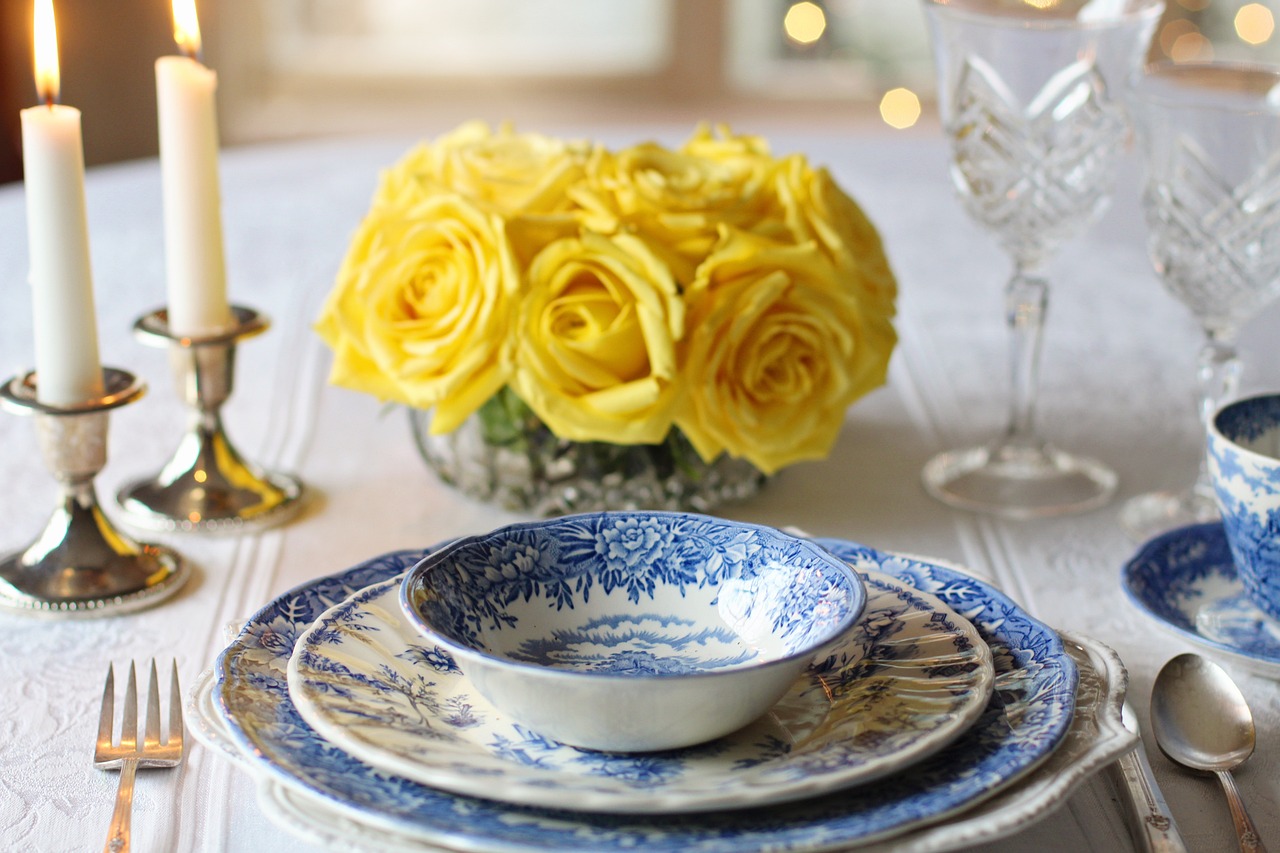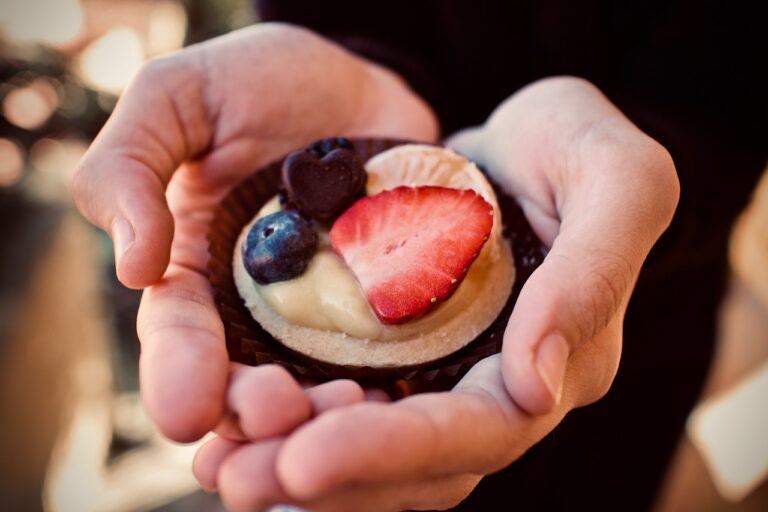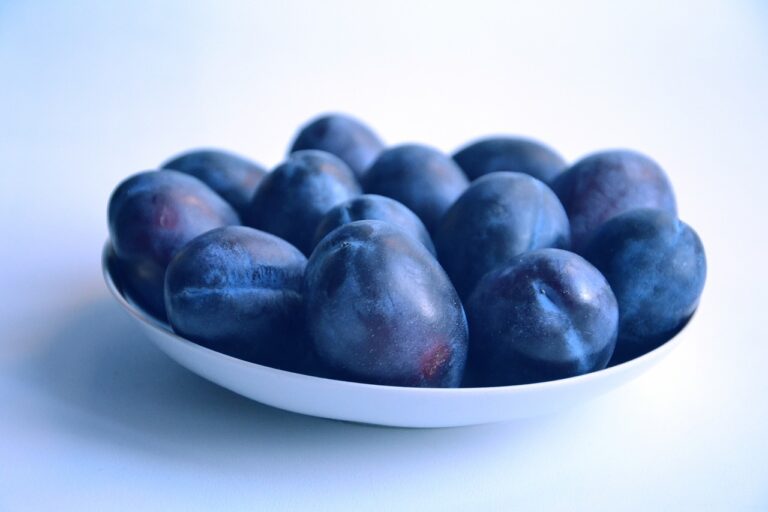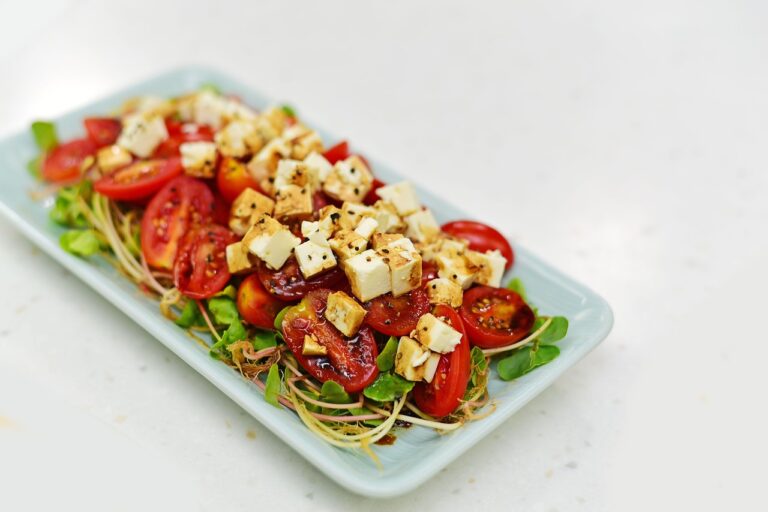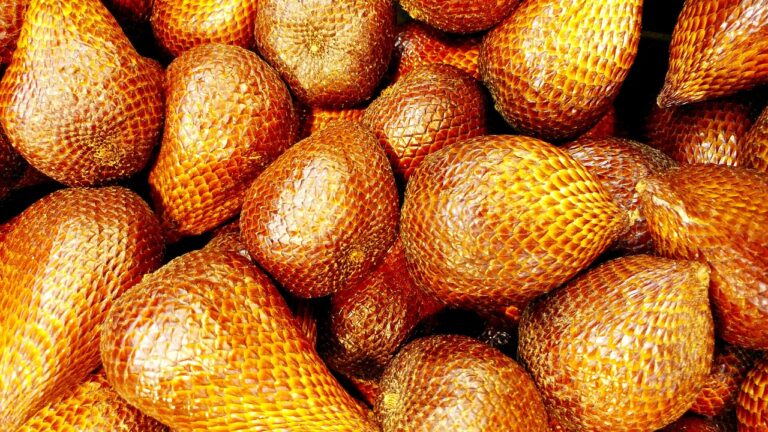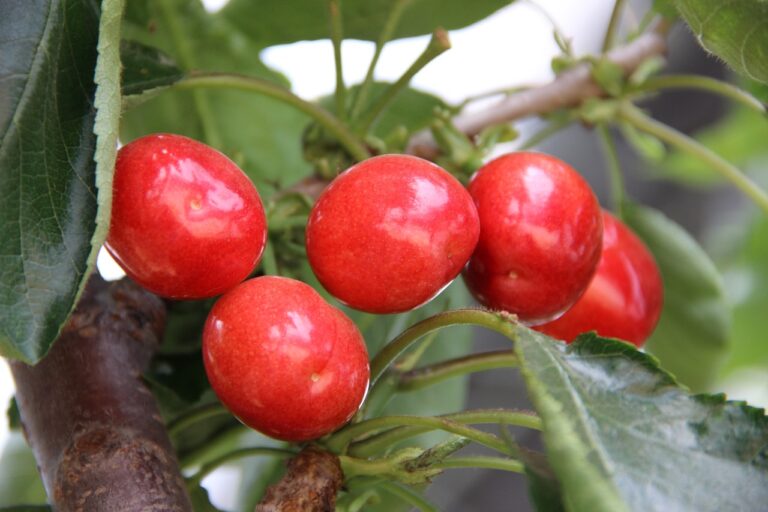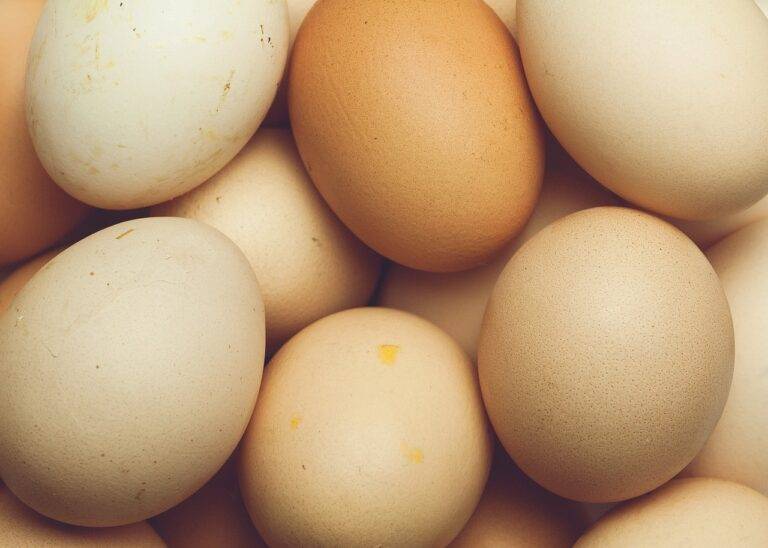The Fascinating World of Food Science: Exploring the Chemistry of Cooking
In the realm of cooking, understanding the science behind the transformation of ingredients is fundamental to mastering the culinary arts. Chemical reactions occur when heat is applied to different elements, leading to the creation of new textures, flavors, and aromas. By delving into the world of food chemistry, chefs and home cooks alike can elevate their dishes to new levels of deliciousness.
The intricate dance of proteins, fats, and carbohydrates in the cooking process is orchestrated by precise temperature control and ingredient combinations. From caramelization to emulsification, each step in the cooking journey is governed by the principles of food chemistry. By grasping these scientific concepts, individuals can not only follow recipes but also innovate and experiment with confidence in the kitchen.
• Understanding the Maillard reaction, which is responsible for browning and creating complex flavors in foods
• The role of pH levels in determining the texture and tenderness of meat when cooking
• How different fats behave under heat, leading to crispy textures or creamy consistencies
• The importance of understanding how starches gelatinize and thicken liquids when making sauces or soups
The Role of pH Levels in Food Preparation
Maintaining the appropriate pH levels in food preparation is crucial for achieving desired outcomes in the kitchen. pH levels, a measure of the acidity or alkalinity of a solution, play a significant role in determining the texture, taste, and appearance of various dishes. For instance, when cooking vegetables, the pH of the cooking water can impact the color retention and overall tenderness of the vegetables.
Furthermore, in baking, pH levels are essential in activating certain leavening agents like baking soda and baking powder. These agents require a specific pH range to generate the necessary gas bubbles that make baked goods rise. Failure to balance pH levels in baking can result in flat, dense baked goods lacking the desired light and fluffy texture. Therefore, understanding and manipulating pH levels in food preparation is a fundamental aspect of achieving culinary success.
The Maillard Reaction: How Heat Changes the Flavor and Color of Food
The Maillard reaction is a chemical reaction that occurs when proteins and sugars are exposed to heat. This reaction gives food its distinctive flavor, aroma, and browned color during cooking. The Maillard reaction is responsible for creating the delicious taste and appetizing appearance of grilled meats, baked bread, roasted coffee beans, and toasted marshmallows.
When heat is applied to food, the amino acids in proteins and the reducing sugars present in the food react to form a complex network of molecules. This process not only enhances the overall flavor profile of the food but also creates new compounds that contribute to its appetizing appearance. Understanding the Maillard reaction is crucial for chefs and home cooks alike, as it allows them to manipulate cooking techniques to achieve desired flavors and colors in their dishes.
What is the Maillard reaction?
The Maillard reaction is a chemical reaction that occurs between amino acids and reducing sugars when food is cooked at high temperatures. It is responsible for the browning, flavor, and aroma of cooked food.
How does the Maillard reaction affect the flavor of food?
The Maillard reaction creates a complex range of flavors and aromas in food, resulting in a rich, savory, and umami taste. It enhances the overall taste experience of cooked food.
What foods undergo the Maillard reaction?
The Maillard reaction can occur in a variety of foods, including meat, bread, coffee, and certain vegetables. Any food that is cooked at high temperatures can undergo the Maillard reaction.
How does pH level affect the Maillard reaction?
The pH level of food can influence the Maillard reaction. Foods with a higher pH (more alkaline) tend to brown more quickly and deeply, while foods with a lower pH (more acidic) may not brown as easily.
Can the Maillard reaction be controlled?
The Maillard reaction can be controlled to some extent by adjusting cooking temperature, time, and pH levels. Chefs can manipulate these variables to achieve the desired flavor, color, and texture in their dishes.
Is the Maillard reaction the same as caramelization?
No, the Maillard reaction and caramelization are two different chemical processes. The Maillard reaction involves amino acids and reducing sugars, while caramelization involves only sugars. Both reactions, however, result in browning and flavor development in food.

